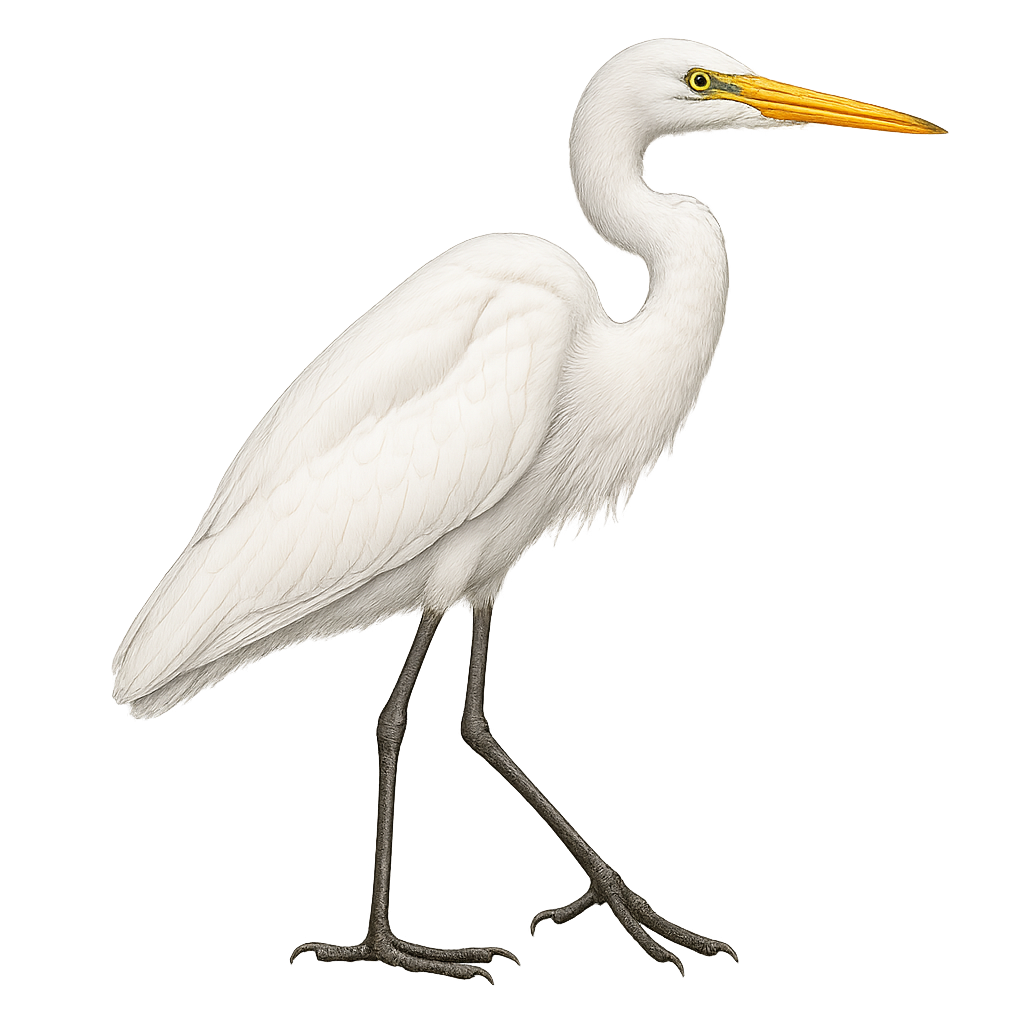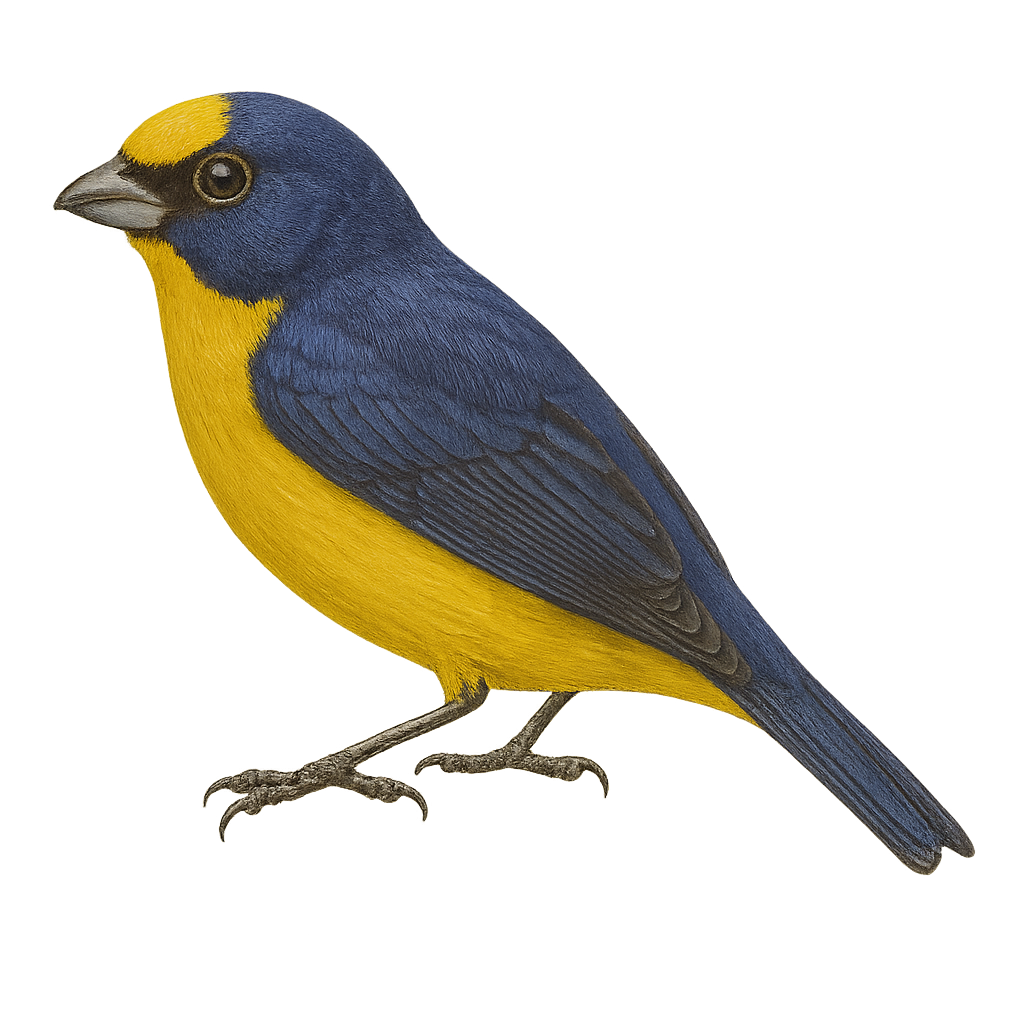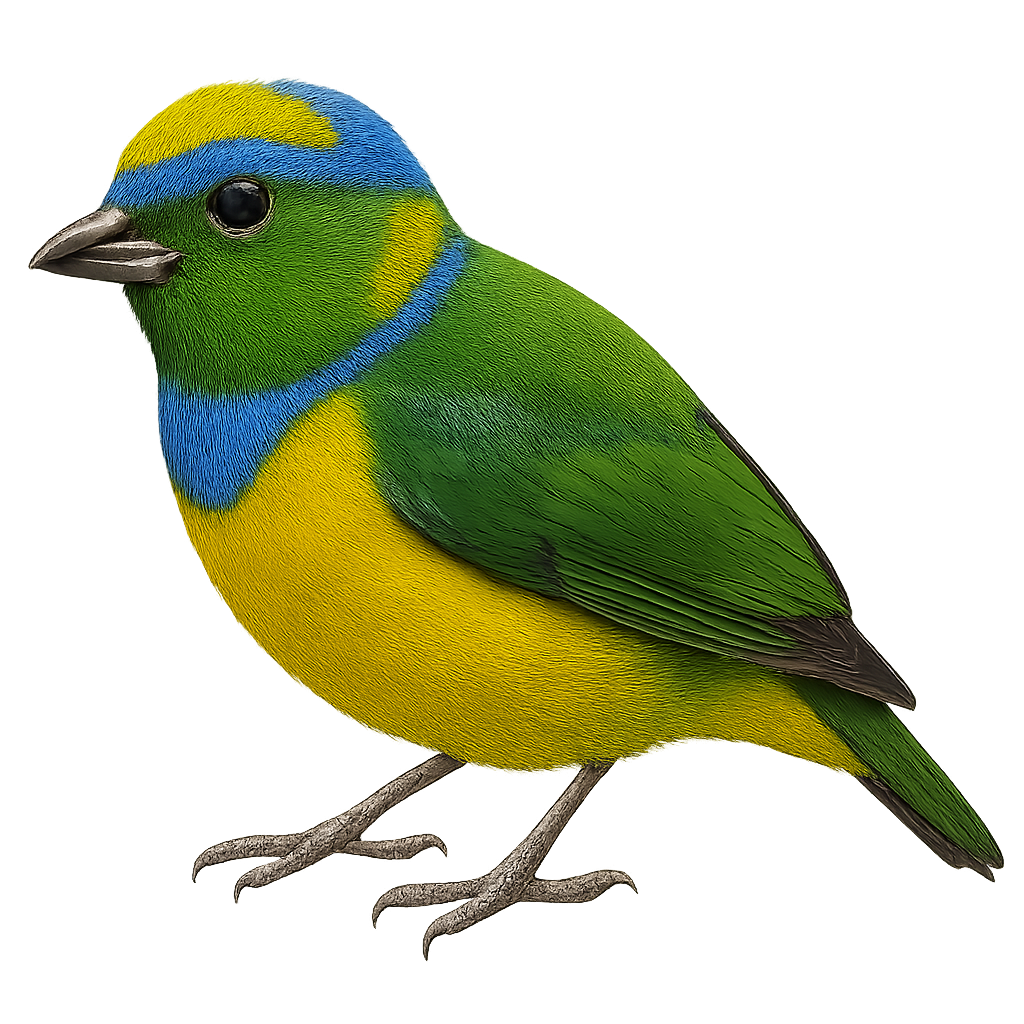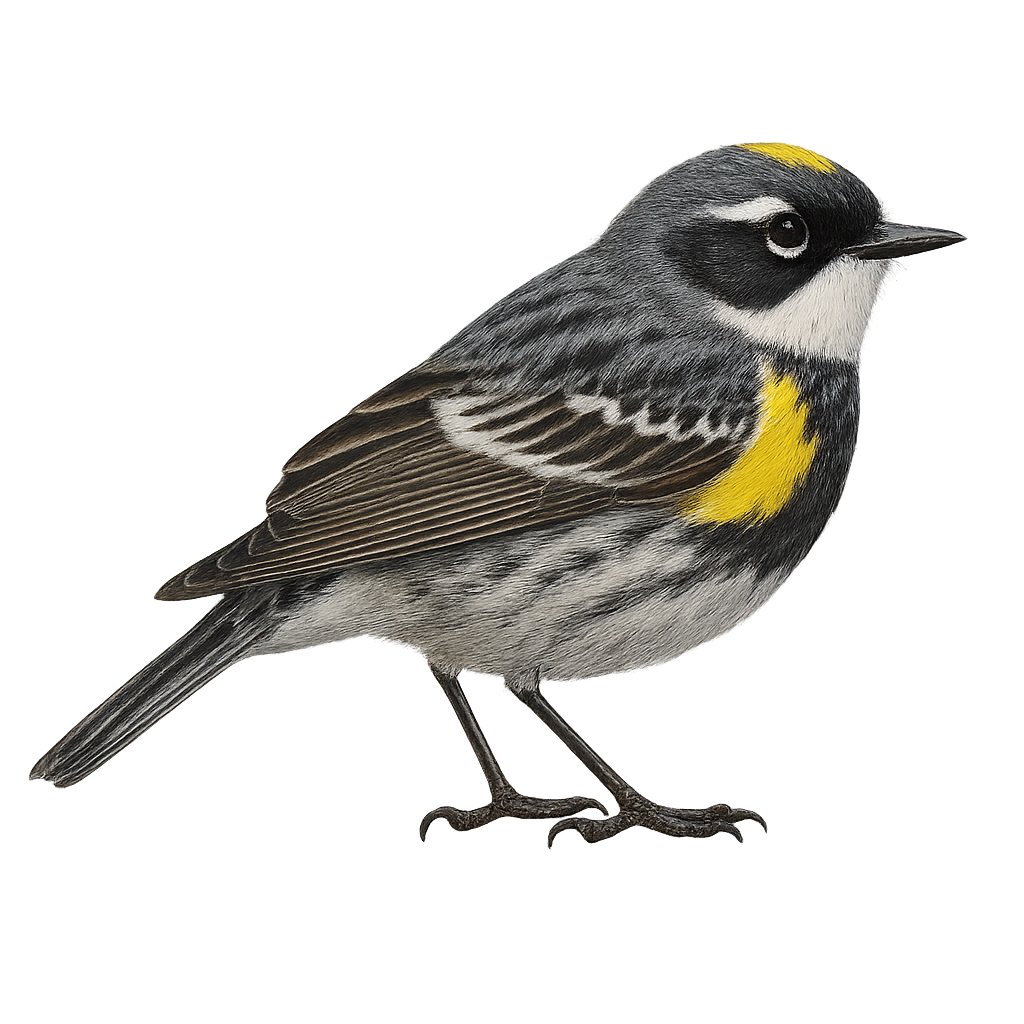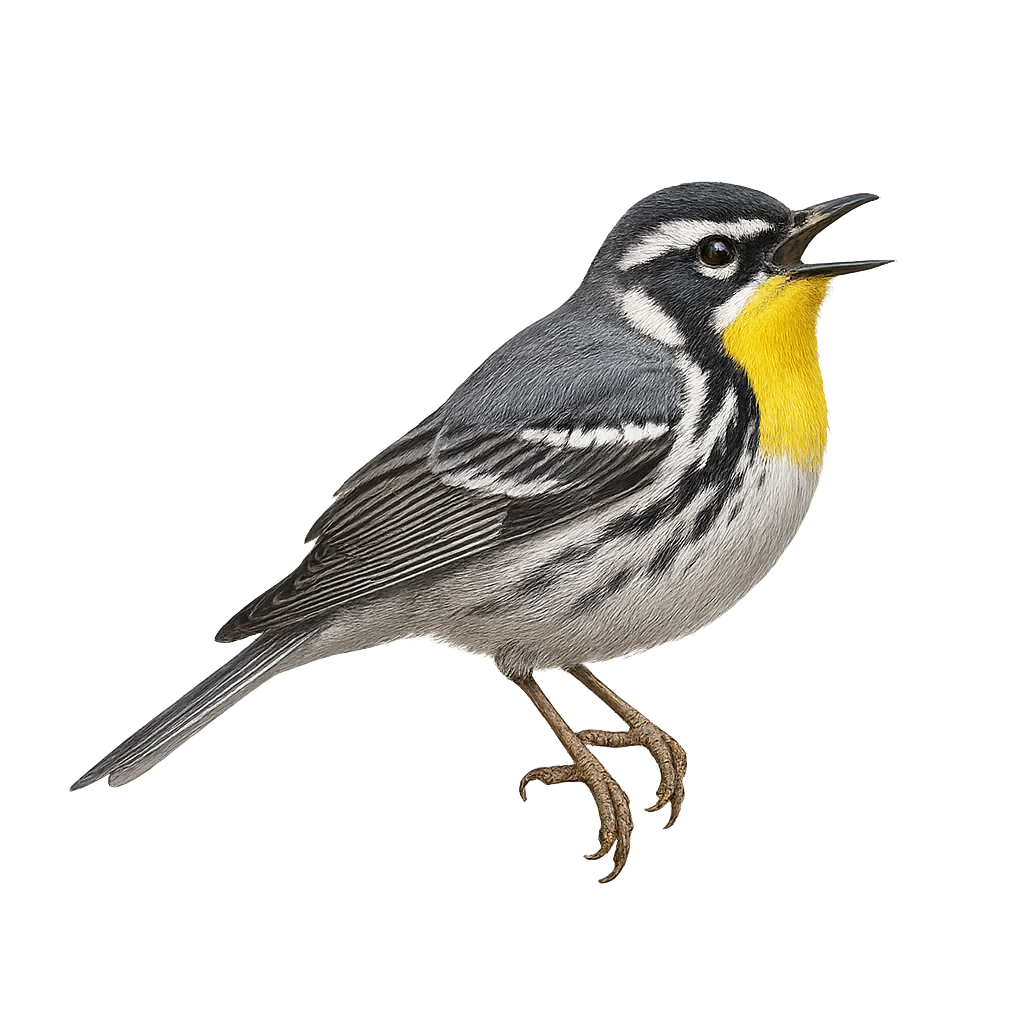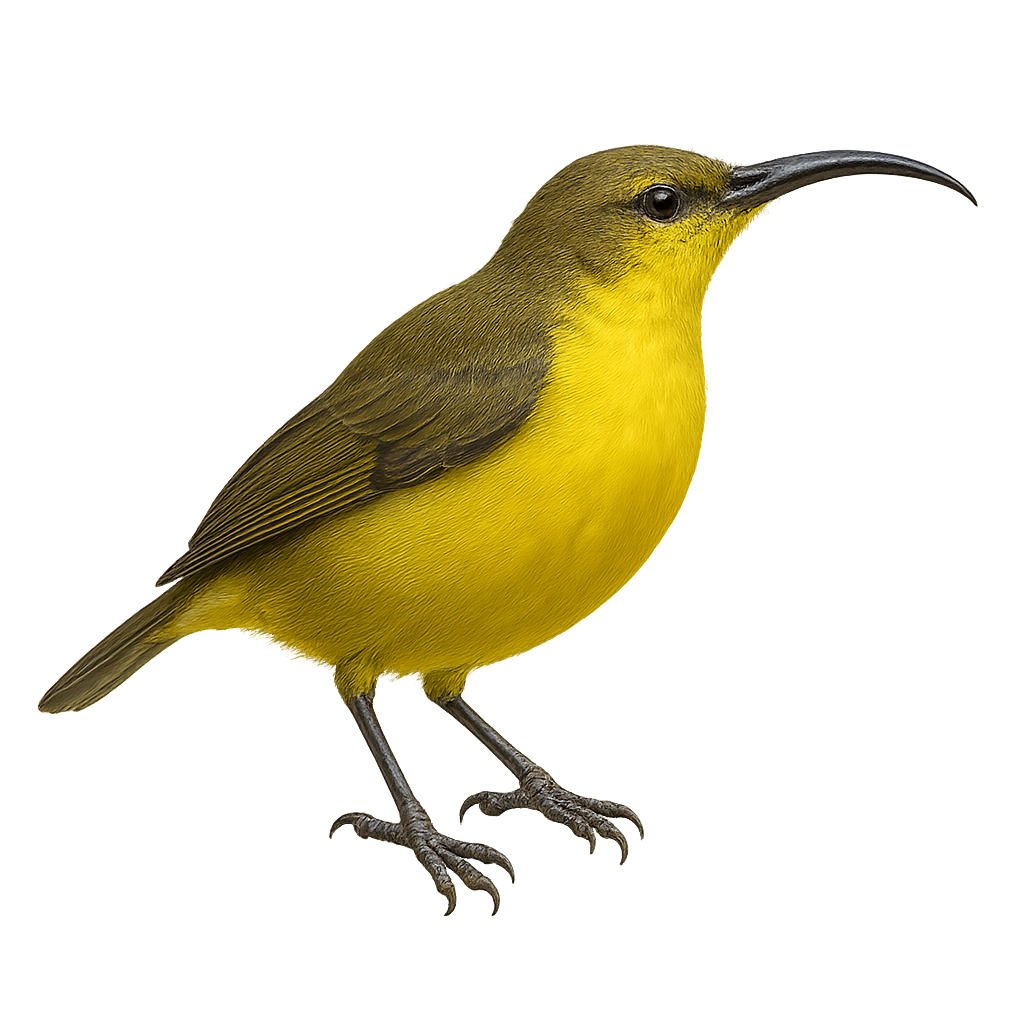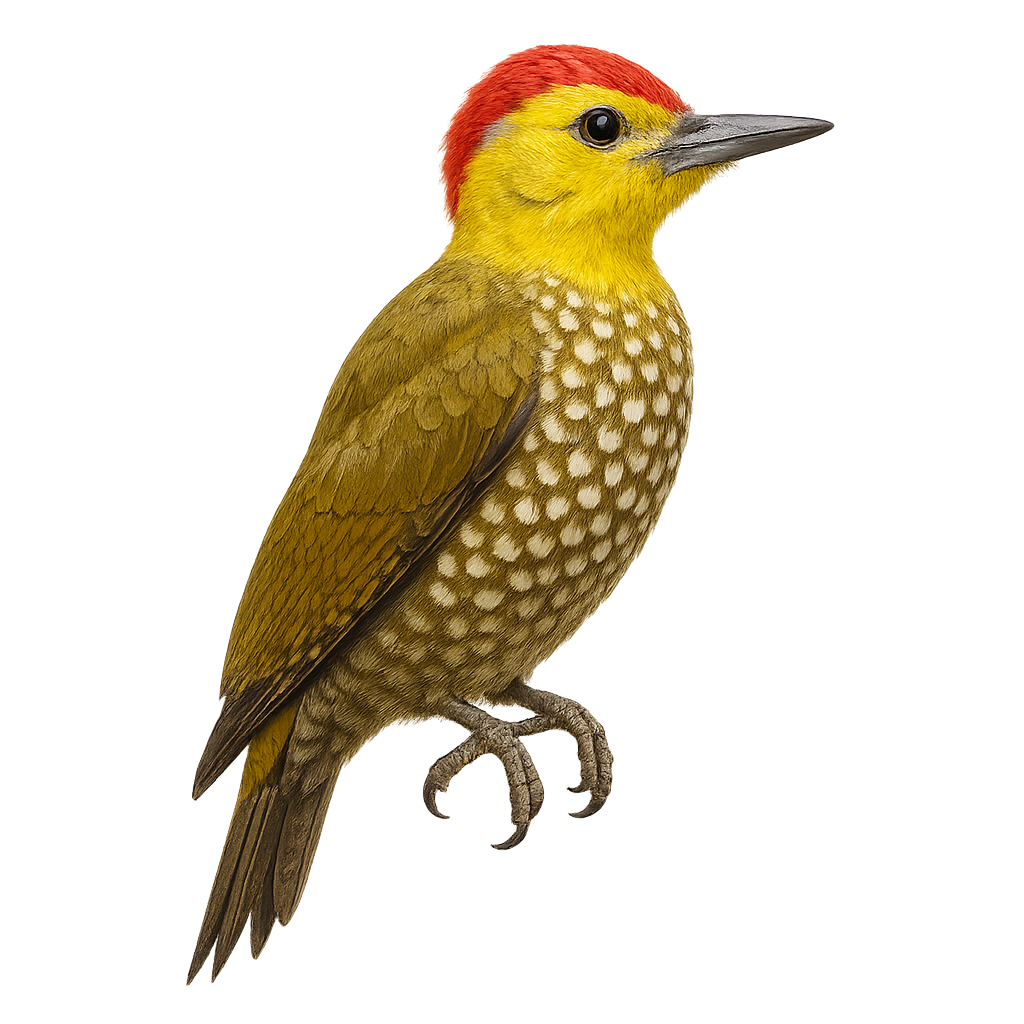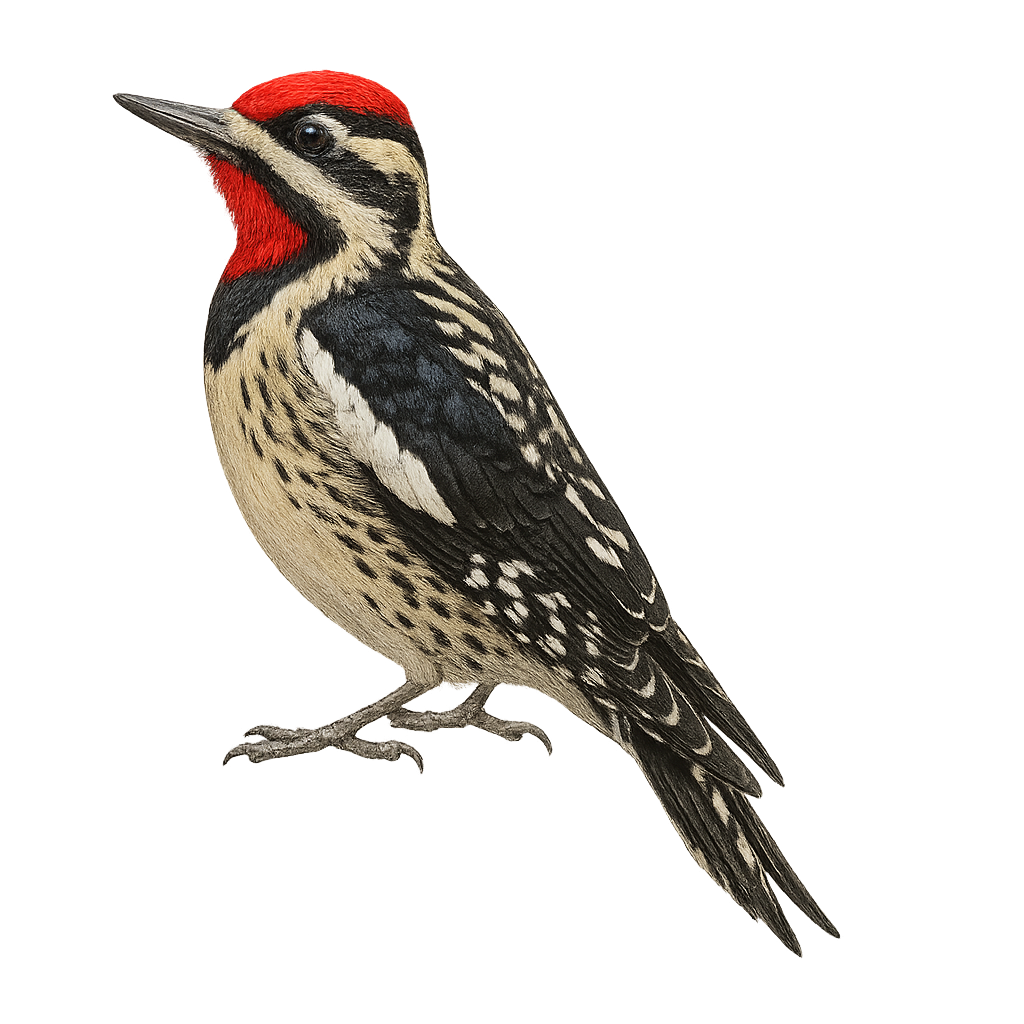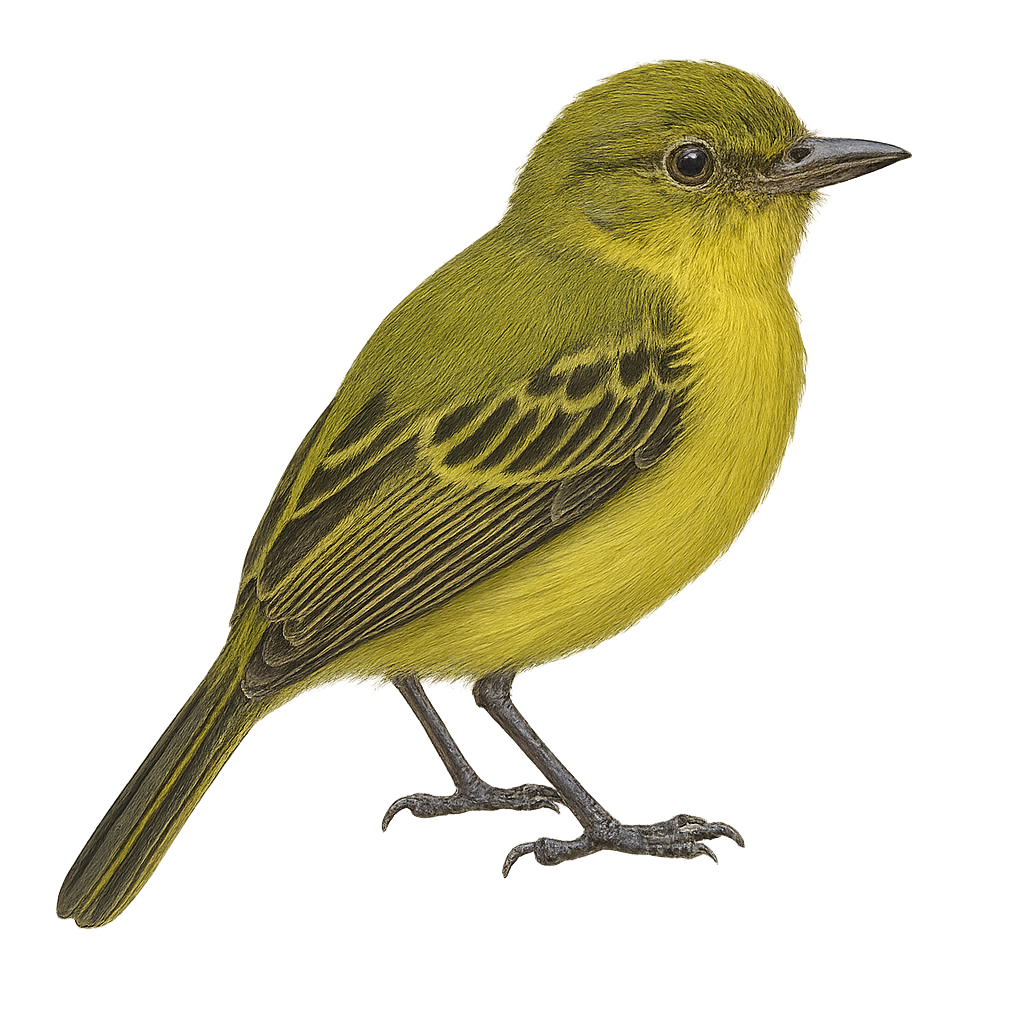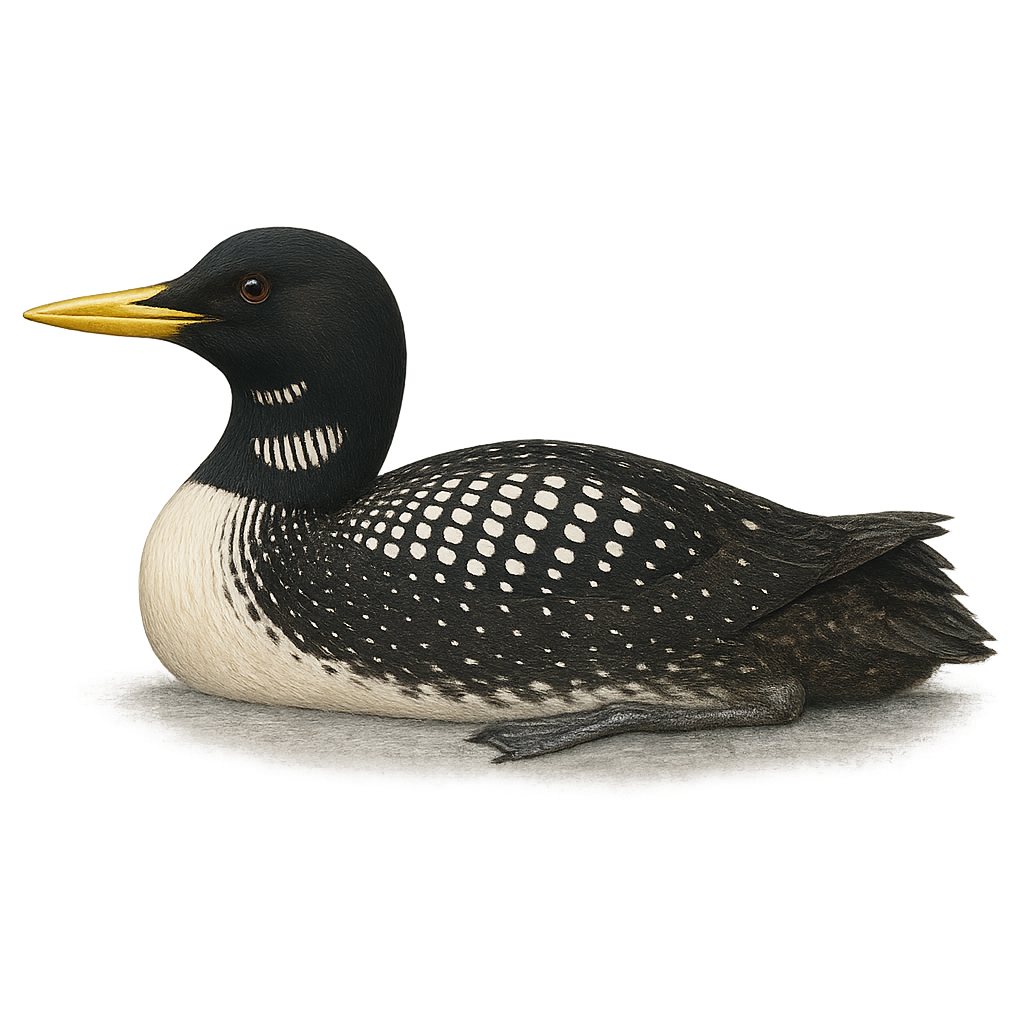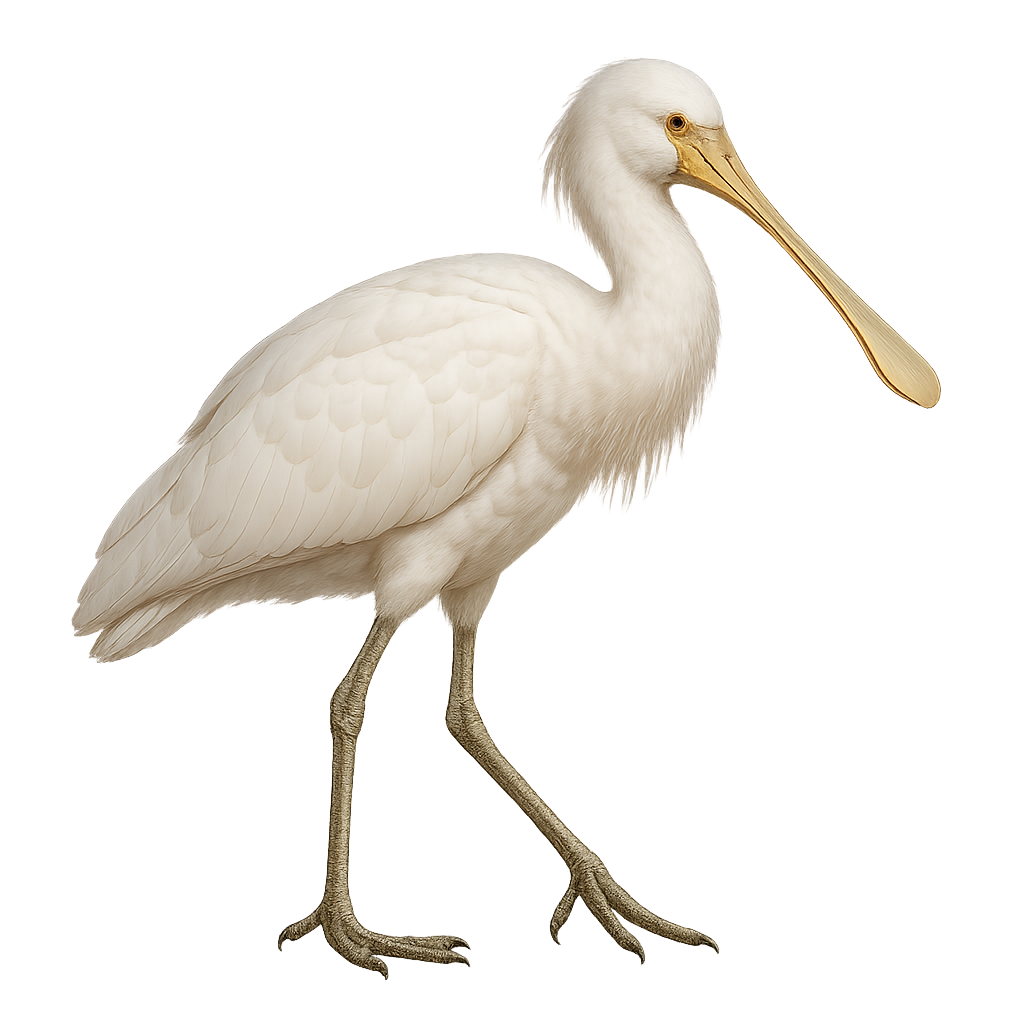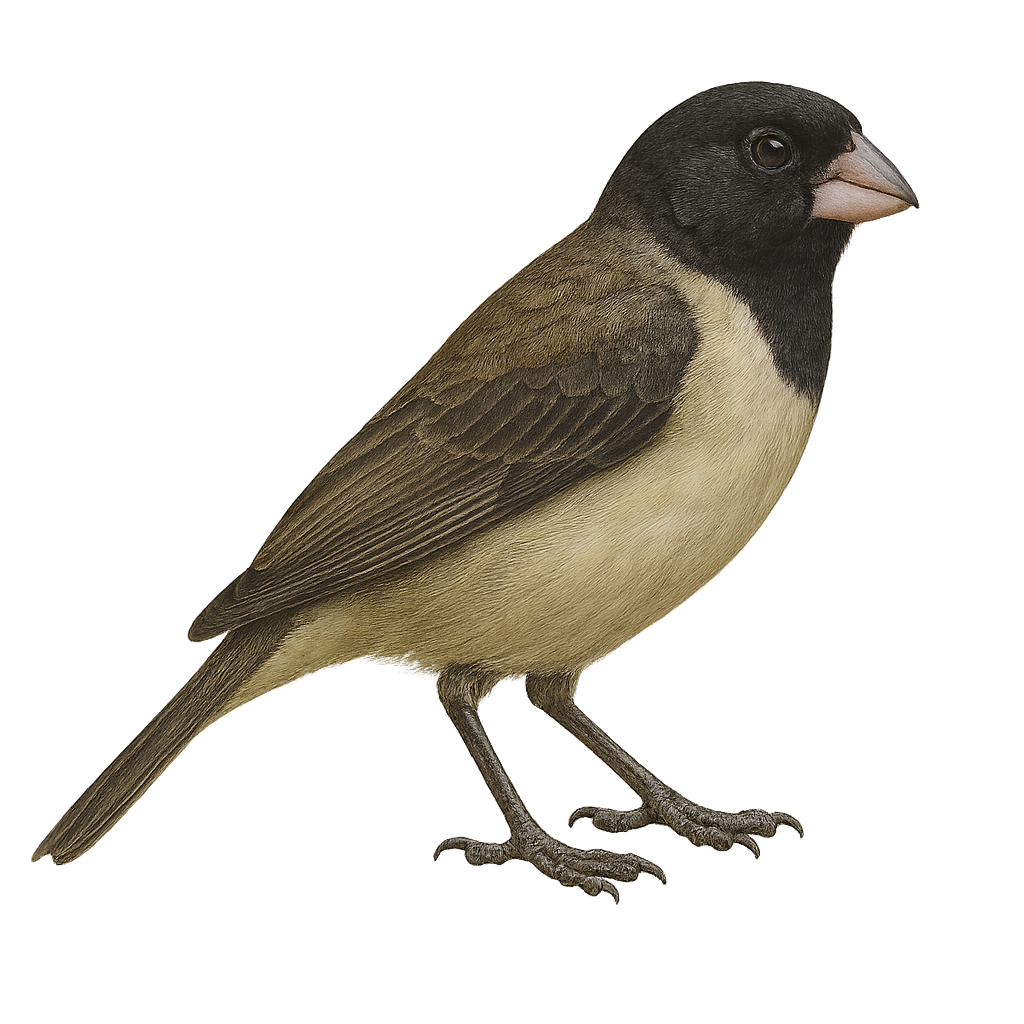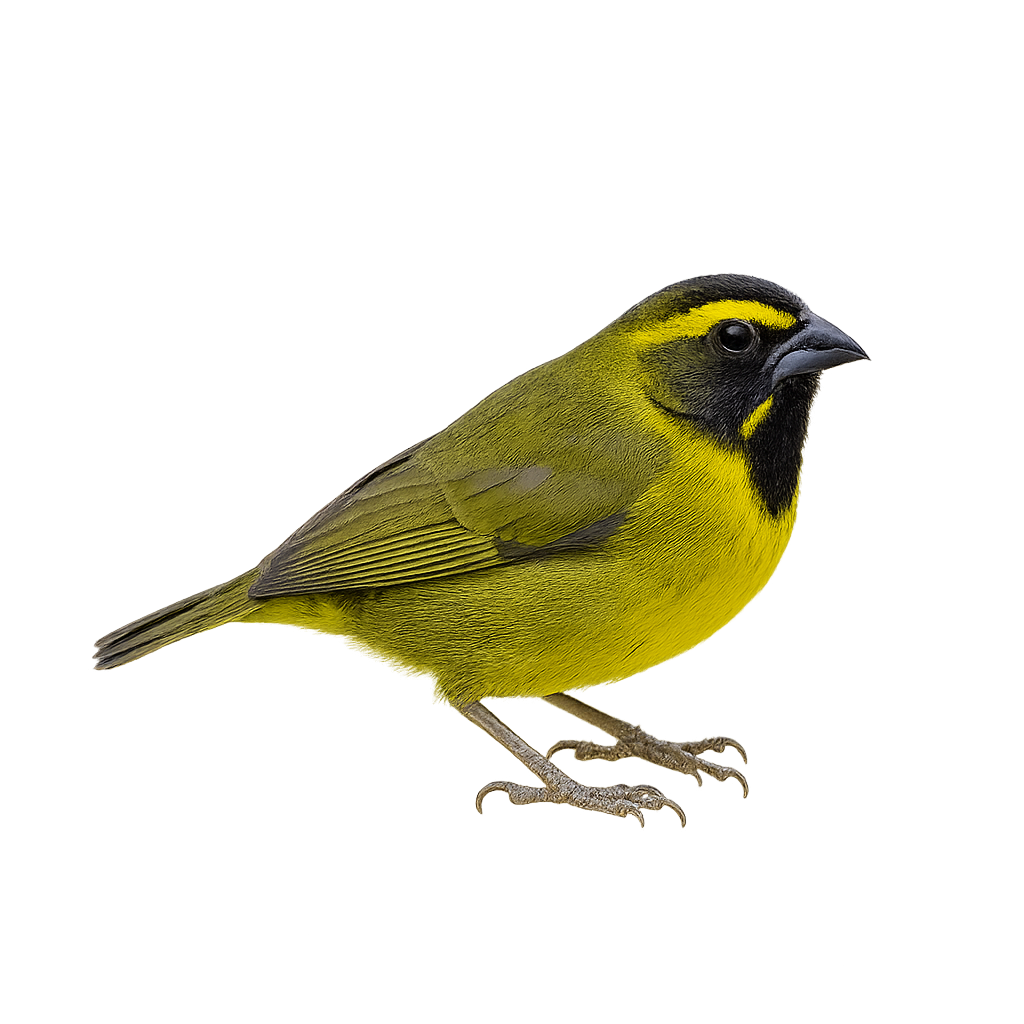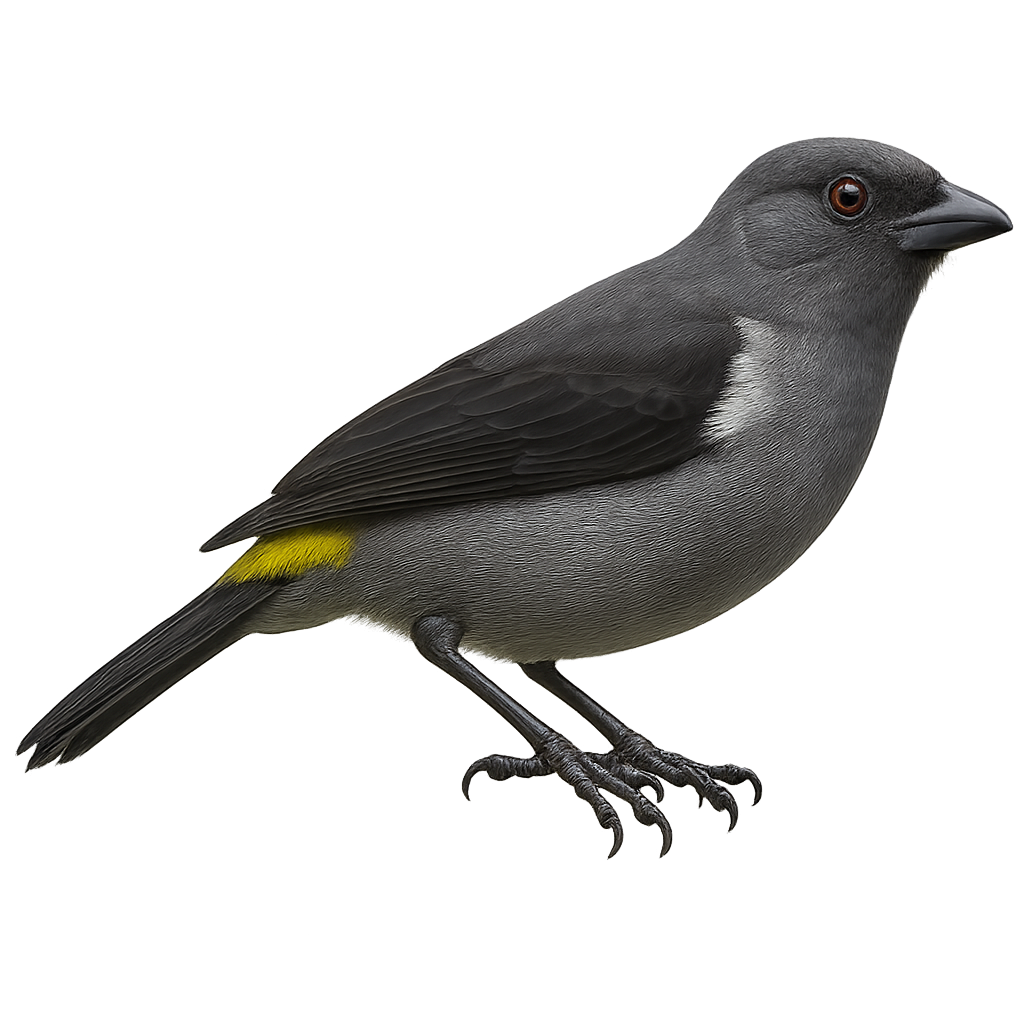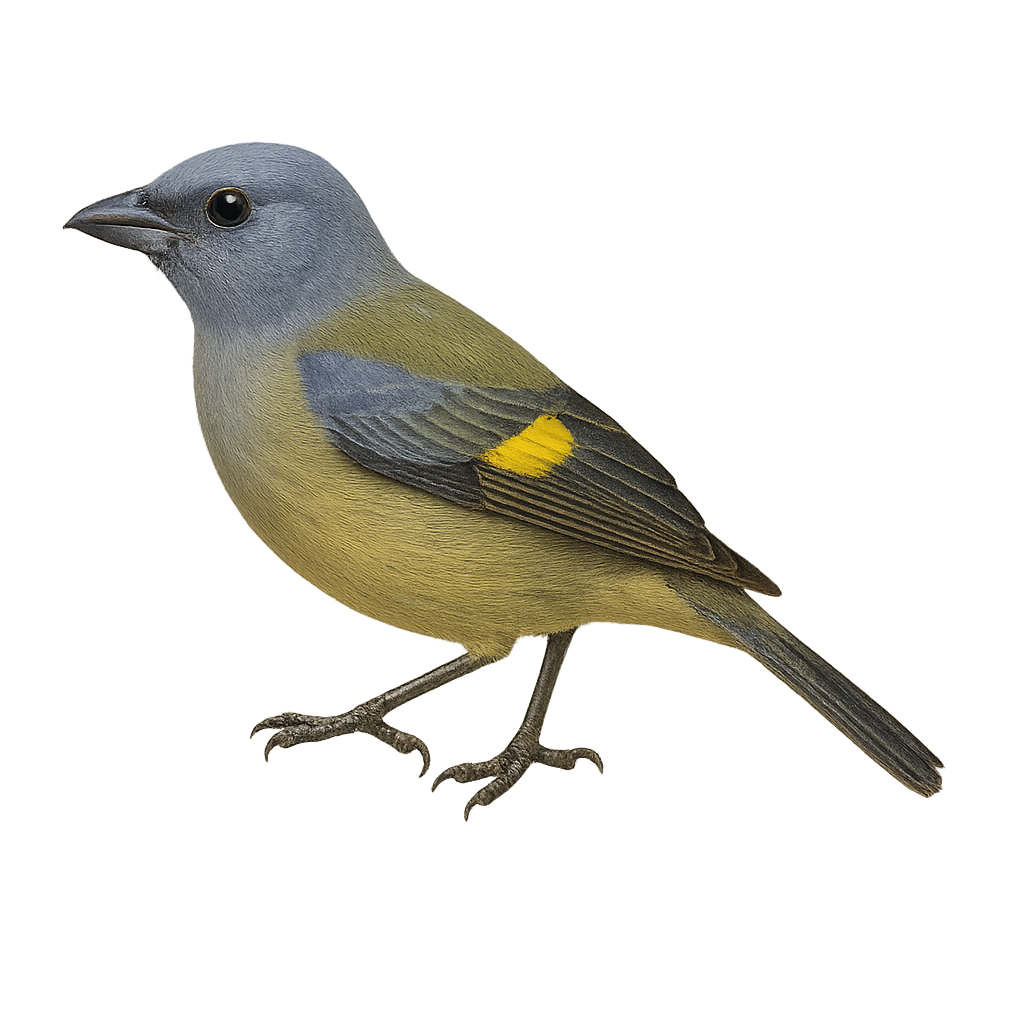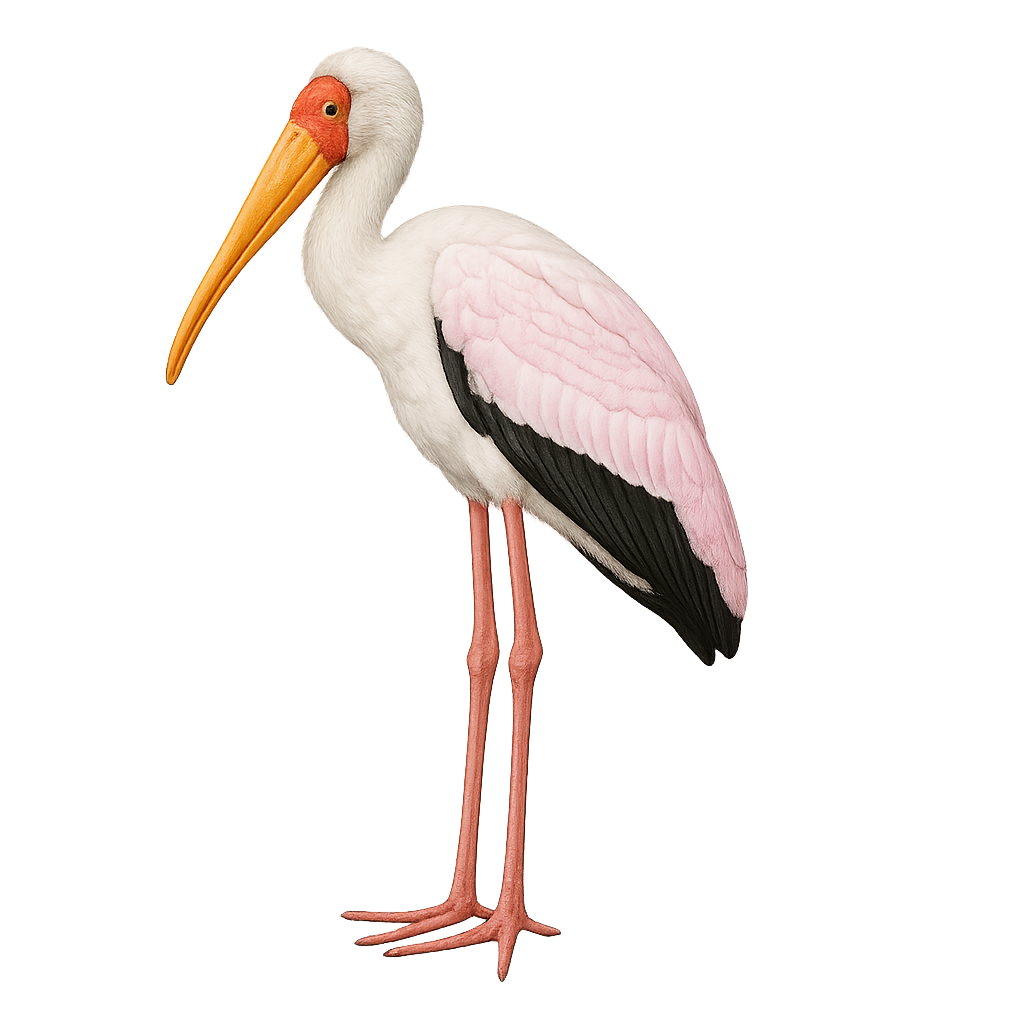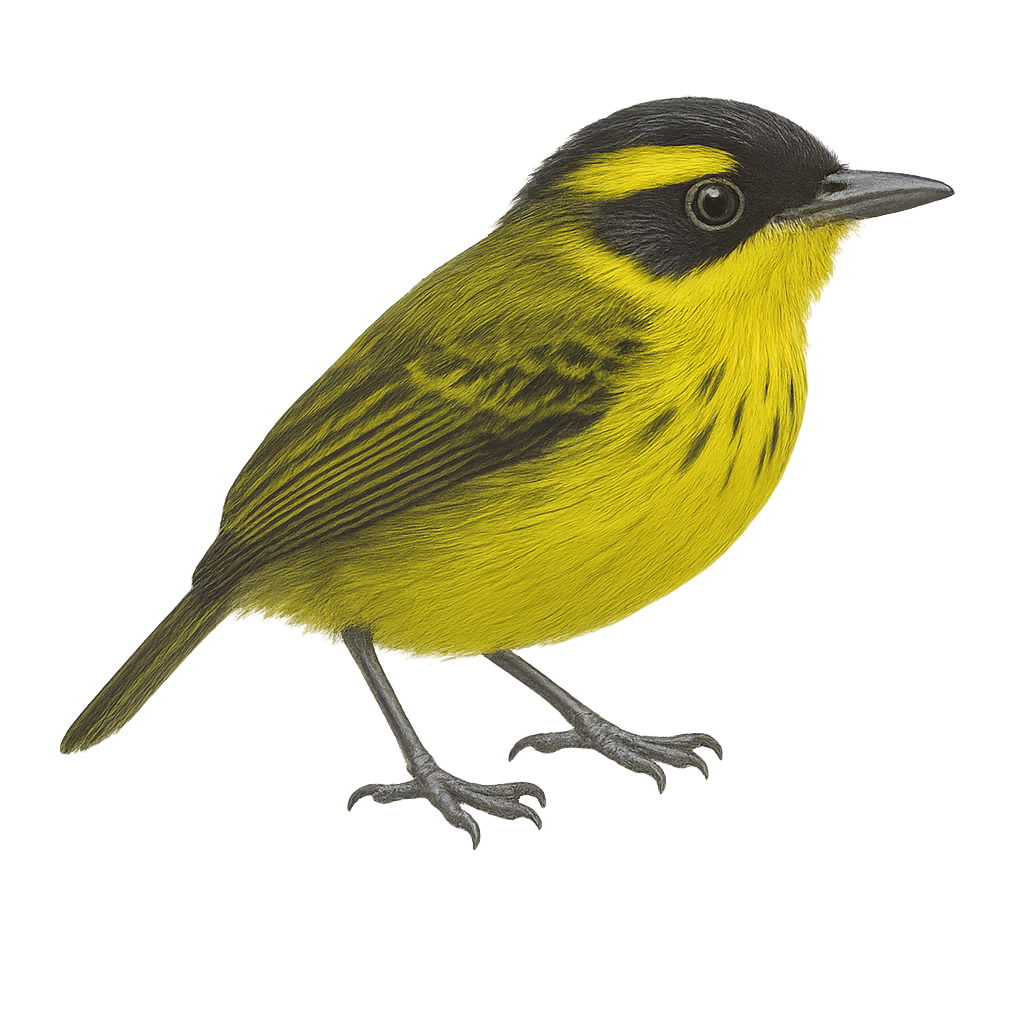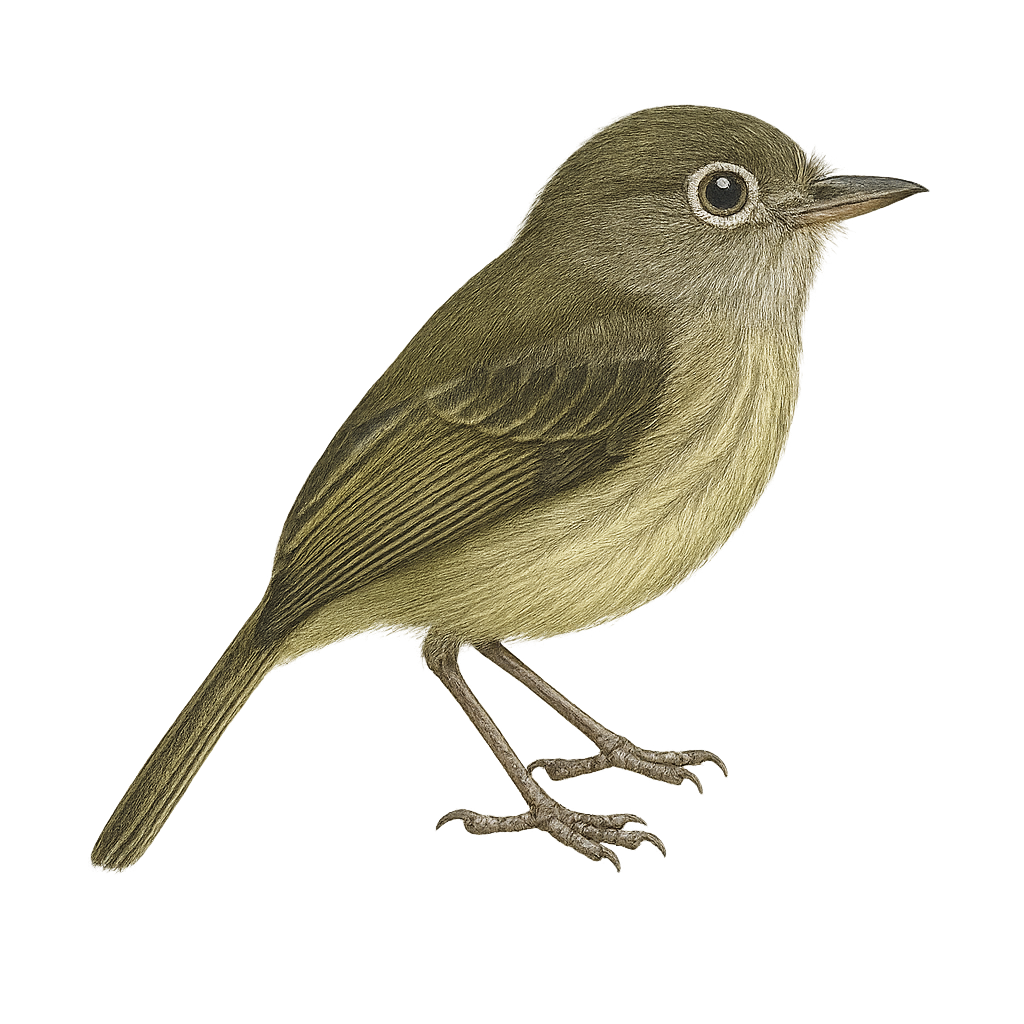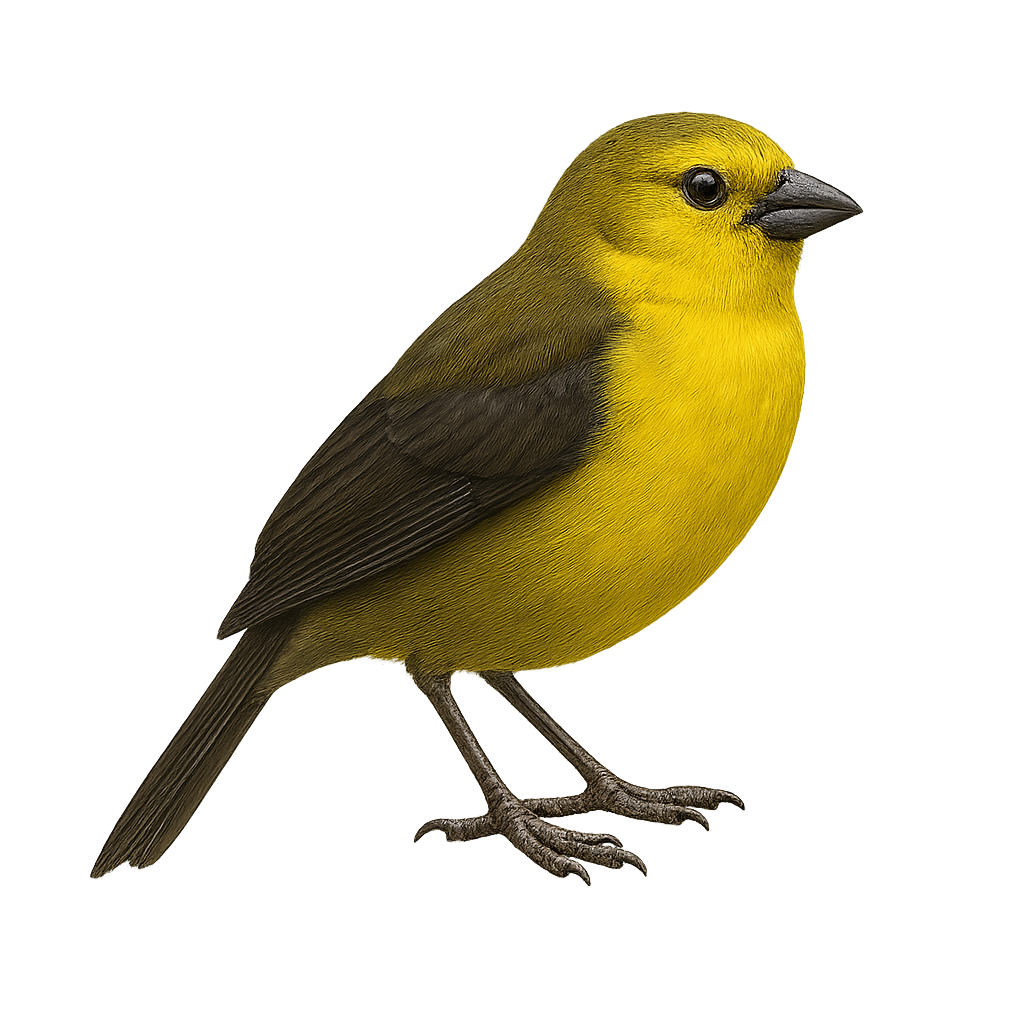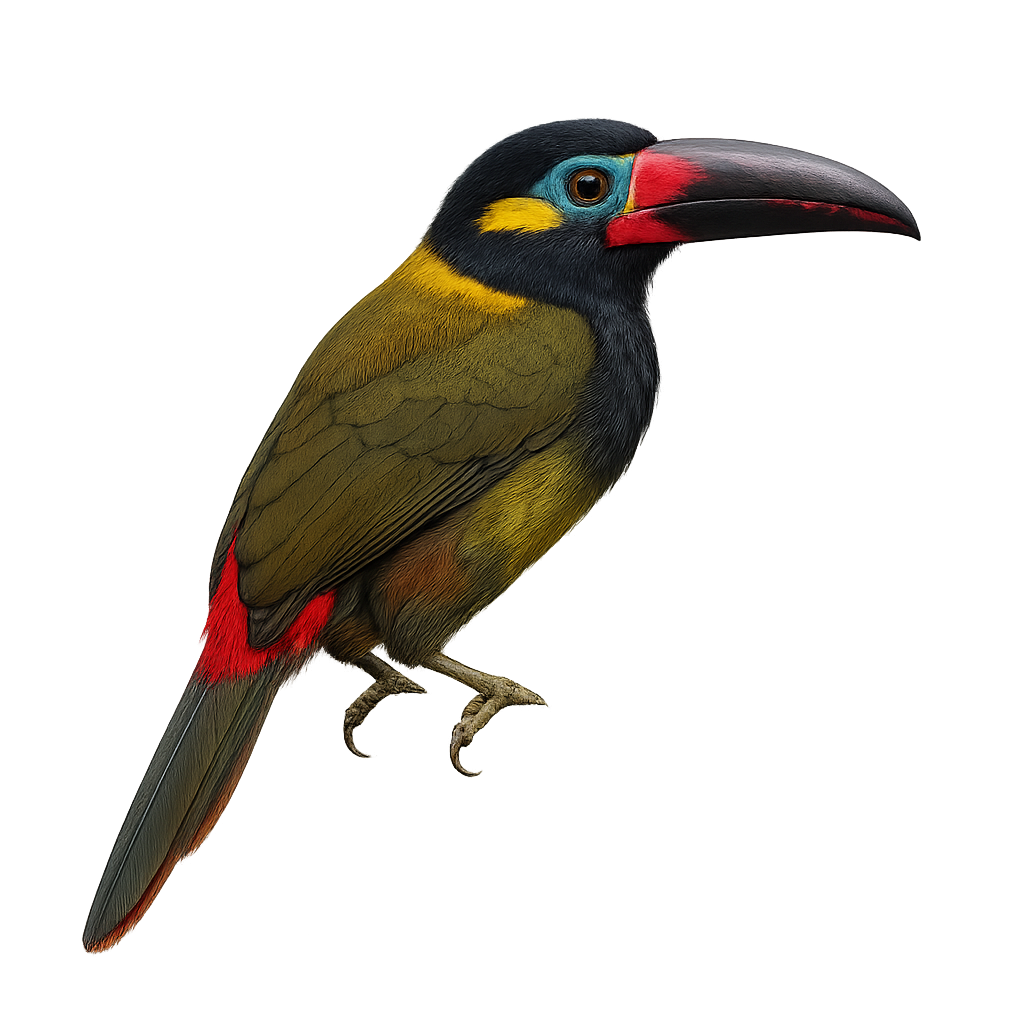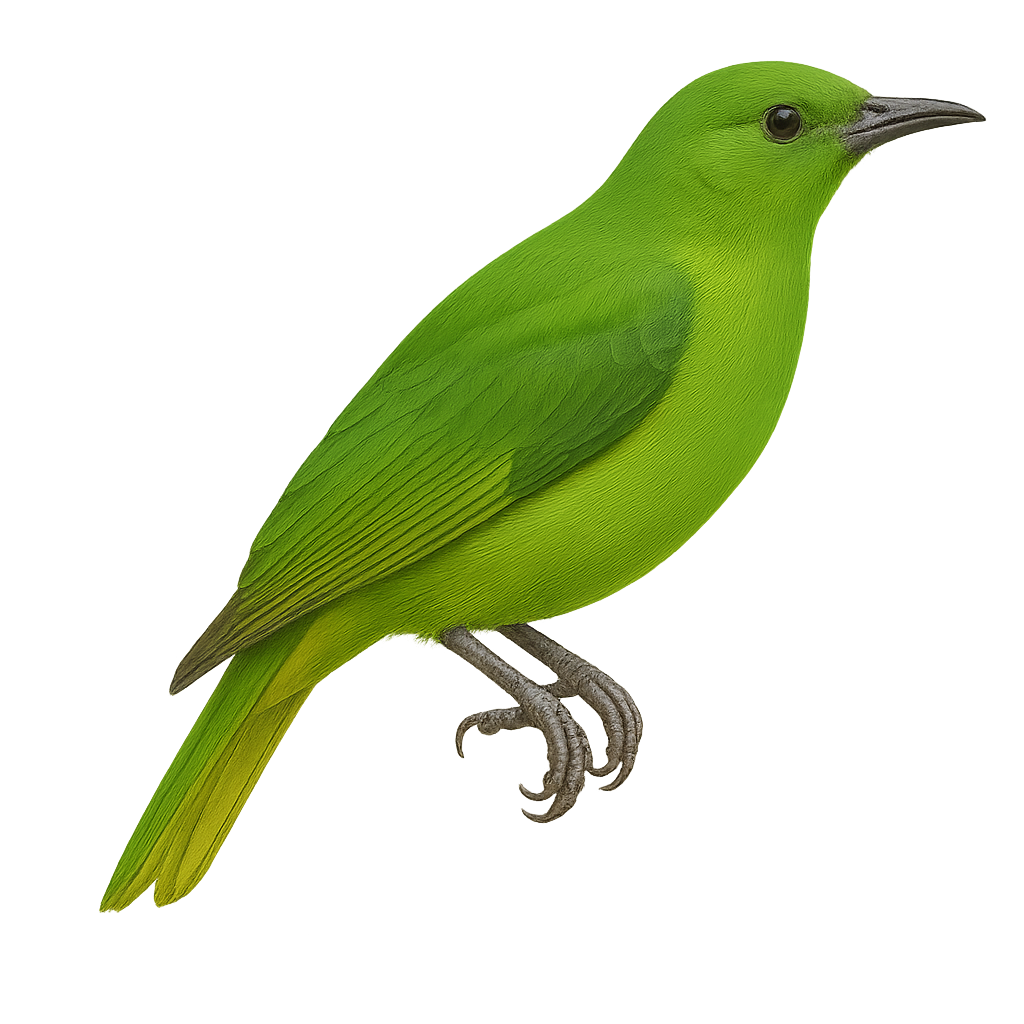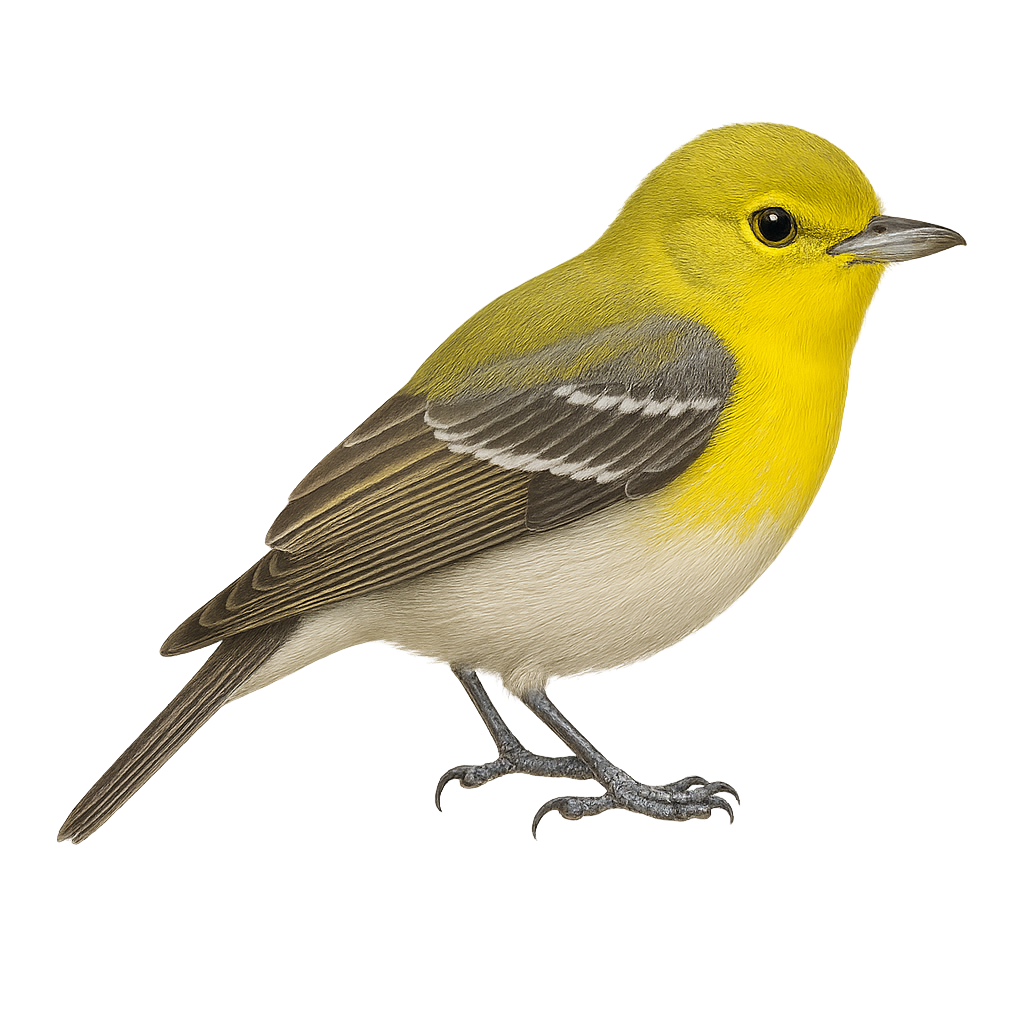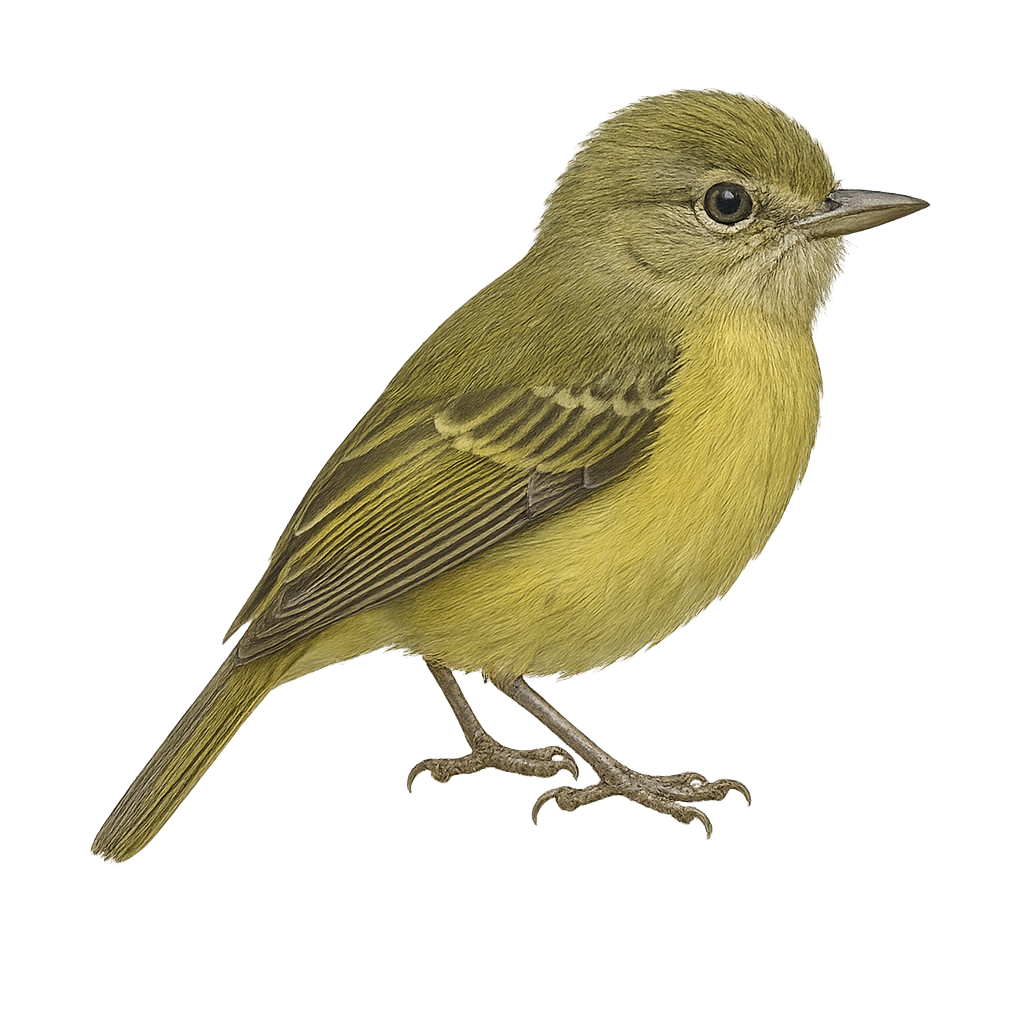The Yellow-billed Egret, or Ardea brachyrhyncha, is a graceful and slender bird, primarily white with a distinctive yellow bill. It primarily inhabits the wetlands of sub-Saharan Africa, favoring marshes, rivers, and lakes. Its immaculate white plumage contrasts with its long black legs, ideal for wading in shallow waters in search of prey. This heron is an opportunistic hunter, feeding mainly on fish, amphibians, and aquatic insects. Although generally solitary, it can be seen in small groups during the breeding season. Its flight is graceful, with slow wing beats and a retracted neck.
The yellow-eyed penguin, native to New Zealand, is easily identified by its striking yellow eyes and the yellow band of feathers around its head. This medium-sized penguin stands about 65 to 70 cm tall and weighs between 5 and 8 kg. It inhabits rocky shores and coastal forests, feeding primarily on fish and squid. Sadly, it is critically endangered due to habitat loss, predation by introduced species, and human disturbance. Conservation efforts are vital for its long-term survival.
The Yellow-throated Euphonia, or Euphonia hirundinacea, is a small, colorful bird found primarily in Central America, from southern Mexico to Panama. It is easily recognizable by its bright yellow throat contrasting with its dark blue back and yellow belly. Males and females exhibit sexual dimorphism, with females generally being duller with olive-green hues. This bird measures about 11 cm in length and weighs between 10 and 15 grams. It inhabits tropical rainforests, forest edges, and gardens, where it primarily feeds on fruits and berries. Its melodious song is often heard before it is seen.
The Yellow-collared Chlorophonia, or Chlorophonia callophrys, is a small, vibrantly colored bird found primarily in the montane rainforests of Central America. Its plumage is a striking mix of emerald green, blue, and yellow, making it easily recognizable. Both males and females exhibit similar colors, although males are often slightly more vibrant. This bird primarily feeds on fruits but can also consume insects and seeds. It is often observed in small groups or pairs, actively moving through the canopy in search of food. Although its habitat is relatively restricted, it is not currently considered threatened.
The Yellow-rumped Warbler, Setophaga coronata, is a small songbird belonging to the Parulidae family. Easily identifiable by its bright yellow rump, this feature gives the bird its name. Males display a striking blue-gray plumage with black markings and white flanks, while females and juveniles are duller. Widely distributed across North America, this migratory species breeds in the boreal forests of Canada and winters in the temperate regions of the United States and Mexico. It inhabits various environments, including coniferous forests, mixed woodlands, and shrubby areas. Primarily insectivorous, it feeds on small insects and spiders, but also consumes berries, especially in winter.
The Yellow-throated Warbler, Setophaga dominica, is a small songbird in the Parulidae family. It is easily recognizable by its bright yellow throat contrasting with its gray and white plumage. Black stripes on its face and wings add to its distinctive appearance. It primarily inhabits coniferous forests and moist woodlands in the southeastern United States. A migratory bird, it winters in the Caribbean and Central America. Its melodious song and aerial acrobatics make it a favorite among birdwatchers. Although its habitat is sometimes threatened by deforestation, it is currently listed as Least Concern by the IUCN.
The Yellow-bellied Sunbird-Asity, or Neodrepanis hypoxantha, is a small bird endemic to Madagascar, admired for its striking plumage. It features a bright yellow belly contrasting with an olive-green back and a black head. This passerine primarily inhabits montane rainforests, feeding on nectar and insects. Its curved beak is perfectly adapted for extracting nectar from flowers. Though discreet, it plays a vital role in the pollination of local plants. Unfortunately, deforestation threatens its natural habitat, leading to a decline in its population. Conservation efforts are crucial to ensure its long-term survival.
The Yellow-throated Woodpecker, or Piculus flavigula, is a medium-sized bird belonging to the Picidae family. It is easily recognizable by its bright yellow throat contrasting with its olive-green plumage. This bird primarily inhabits the humid tropical forests of South America, notably in Brazil, Colombia, and Venezuela. It feeds mainly on insects, which it finds under tree bark using its strong beak. The Yellow-throated Woodpecker is a diurnal bird, often seen alone or in pairs. Its call is a mix of trills and characteristic drumming. Although its habitat is threatened by deforestation, it is currently classified as Least Concern by the IUCN.
The Yellow-bellied Sapsucker, Sphyrapicus varius, is a medium-sized bird belonging to the woodpecker family. It is easily recognizable by its distinctive plumage, featuring a pale yellow belly, a head striped with black and white, and a bright red patch on the forehead. This bird primarily feeds on insects but also consumes tree sap, which it extracts by drilling holes in the bark. It is mainly found in deciduous and mixed forests of North America, where it nests in tree cavities. As a migratory bird, it winters in the southern United States and Central America. The Yellow-bellied Sapsucker plays an important ecological role by creating habitats for other species through its sap wells.
The Yellow-breasted Flycatcher is a small passerine bird belonging to the Tyrannidae family. It is primarily found in the tropical rainforests of Central and South America, where it is distinguished by its bright yellow belly and olive back. This bird measures about 12 to 13 cm in length and weighs between 10 and 12 grams. Its beak is relatively broad and flattened, adapted for catching insects in flight. The song of the Yellow-breasted Flycatcher is a soft and melodious whistle, often heard in the forest canopy. It is mainly insectivorous but can also consume small fruits. Its ability to blend into dense foliage sometimes makes it difficult to spot, although it is quite common in its natural habitat.
The Yellow-billed Loon, Gavia adamsii, is a majestic aquatic bird primarily inhabiting Arctic regions. It is recognizable by its distinctive pale yellow bill and black-and-white plumage. In summer, it sports a black back with white spots and a grey head, while in winter, its plumage becomes duller. This bird prefers large lakes and coastal seas to feed on fish and aquatic invertebrates. It is known for its melodious and plaintive call that echoes across northern landscapes. Although its habitat is remote, it is sometimes observed during its migrations southward.
The Yellow-billed Spoonbill, Platalea flavipes, is a medium-sized aquatic bird known for its long, flat, yellow bill. It has a striking white plumage, sometimes tinged with pink during the breeding season. This bird is primarily found in Australia, where it inhabits wetlands, marshes, and lake edges. The Yellow-billed Spoonbill feeds mainly on small fish, aquatic insects, and crustaceans, which it captures by sweeping its bill through the water. It is often seen in small groups but can also be solitary. Although its habitat is threatened by wetland degradation, it is currently classified as of least concern by the IUCN.
The Yellow-bellied Seedeater is a small passerine bird belonging to the Thraupidae family. It is primarily found in Central and South America, inhabiting open areas such as grasslands, cultivated fields, and forest edges. This bird is notable for its contrasting plumage: the male has a brown back, bright yellow belly, and distinctive black throat, while the female displays duller tones. The Yellow-bellied Seedeater is granivorous, mainly feeding on seeds, but it can also consume small insects. Its song is melodious and varied, making it easily identifiable. Although often solitary, it can form small groups outside the breeding season.
The Yellow-faced Grassquit, or Tiaris olivaceus, is a small granivorous bird found mainly in the tropical and subtropical regions of the Americas. It is easily recognizable by its olive-green plumage and bright yellow facial mask, which contrasts with its duller body. This passerine measures about 11 cm in length and weighs between 8 and 10 grams. It primarily inhabits grasslands, savannas, and shrublands, where it feeds on seeds and insects. The Yellow-faced Grassquit is a social bird, often observed in small groups. Its song is a soft and melodious trill, used to mark its territory and attract mates. Although not threatened, deforestation and habitat loss can affect its local populations.
The Yellow-rumped Tanager, or Heterospingus rubrifrons, is a small, colorful bird native to the humid Caribbean slopes of Central America, especially in Costa Rica and Panama. It is recognized by its vivid yellow rump, reddish head, and dark olive body. Found in the canopy of lowland and mid-elevation rainforests, it often joins mixed-species flocks. Active and inquisitive, it feeds on fruits, insects, and occasionally nectar. Its population is considered stable in protected areas, although deforestation could pose a local threat.
The Yellow-backed Tanager, or Hemithraupis flavicollis, is a small, lively songbird from the tropical forests of South America, easily recognized by its bright yellow back, black head (in males), and white underparts. It is found from eastern Panama through the Amazon Basin, the Guianas, and as far as southern Brazil. It lives in the canopy of humid forests, forest edges, and secondary growth. Active and sociable, it often joins mixed-species flocks and feeds on fruits, insects, and nectar. This adaptable species is common, and its population is considered stable across its range.
The Yellow-winged Tanager, or Thraupis abbas, is a colorful and fascinating bird found primarily in the tropical and subtropical forests of Central America. This medium-sized passerine boasts a striking plumage, with distinctive yellow wings contrasting against its blue-gray body. Males and females exhibit little sexual dimorphism, although males are often slightly more vibrant. The Yellow-winged Tanager is a sociable bird, often seen in small groups, feeding mainly on fruits but also on insects. Its melodious and varied song is a delight for birdwatchers. Although relatively common in its natural habitat, it is essential to preserve the forests where it resides to ensure its long-term survival.
The Yellow-billed Stork, or Mycteria ibis, is a large wading bird known for its distinctive downward-curved yellow bill and predominantly white plumage with contrasting black wings. It inhabits the wetlands of sub-Saharan Africa, feeding on fish, crustaceans, and insects. This gregarious bird is often seen in groups, especially during the breeding season. The Yellow-billed Stork nests in trees, often in mixed colonies with other wading birds. Although not currently threatened, habitat degradation poses a potential risk to its populations.
The Yellow-browed Tody-Flycatcher is a small bird with distinctive plumage, primarily olive green with golden cheeks that give it its name. It inhabits the humid tropical forests of South America, particularly in the Amazon. This passerine is often seen in pairs or small groups, actively moving through the canopy in search of insects. Its song is a high-pitched, rapid trill, often heard before it is seen. Although its habitat is threatened by deforestation, it remains relatively common in protected areas. Its small size and quick movements make it difficult to spot, but it is a prized subject for birdwatchers and nature photographers.
The Yungas Pygmy-Tyrant, or Hemitriccus spodiops, is a small passerine bird belonging to the Tyrannidae family. It is primarily found in the humid montane forests of the Yungas, a region spanning Bolivia and northern Argentina. This bird is characterized by its olive-green plumage, gray breast, and distinctive white eye-rings. It measures about 10 cm in length and weighs between 6 and 8 grams. The Yungas Pygmy-Tyrant is an active insectivore, often seen alone or in pairs, darting through foliage in search of small insects. Although its habitat is relatively limited, it is not currently considered threatened, but deforestation could pose a long-term risk.
The Yellow-headed Brushfinch, Atlapetes flaviceps, is a bird endemic to Colombia, primarily found in montane humid forests. It is distinguished by its bright yellow head contrasting with its grey and black body. This species prefers dense undergrowth where it feeds on fruits, insects, and seeds. Although discreet, the Yellow-headed Brushfinch is often detected by its melodious song. Unfortunately, deforestation threatens its natural habitat, classifying it as a vulnerable species. Conservation efforts are crucial for its survival. Ornithologists and bird enthusiasts particularly appreciate its beauty and intriguing behavior, although it can be challenging to observe due to its wary nature.
The Yellow-throated Toucan is a colorful bird found primarily in the tropical forests of Central America, notably in Costa Rica, Panama, Nicaragua, and Honduras. It typically measures about 50 cm in length and weighs between 400 and 600 g. Its plumage is mainly black, with a bright yellow throat and chest, and it has a wide, colorful bill, typically yellow with touches of red and orange. The Yellow-throated Toucan is primarily frugivorous, feeding on fruits, berries, and nuts, but it can also consume insects and small vertebrates. It generally lives in small social groups and is an excellent climber, spending much of its time in trees. While it remains relatively stable in certain areas, it is sometimes threatened by deforestation and habitat loss.
The Yellow-eared Toucanet, Selenidera piperivora, is a bird from the Ramphastidae family. It is recognized for its colorful plumage, mainly green with yellow hues around the ears, hence its name. Its beak is robust and multicolored, typical of toucans. This bird is endemic to the tropical rainforests of South America, particularly in Brazil, Guyana, and Suriname. It usually lives in pairs or small groups, feeding mainly on fruits, but also on insects and small vertebrates. The Yellow-eared Toucanet plays a crucial role in seed dispersal, thus contributing to forest regeneration. Its presence is often an indicator of the health of its natural habitat.
The Yellow-bellied Tyrannulet is a small passerine bird from the Tyrannidae family, primarily found in the humid tropical forests of Central and South America. It is characterized by its bright yellow belly, contrasting with an olive-green back and dark wings. This bird is often seen hopping nimbly among branches in search of insects, its main diet. Although discreet, its high-pitched, repetitive song makes it identifiable. It prefers dense wooded areas and is generally wary of humans. Its breeding season varies by region but is often active during the warmer months.
The Yellow-winged Leafbird, or Chloropsis flavipennis, is a medium-sized bird, primarily green with distinct yellow wings. It inhabits tropical and subtropical forests, preferring dense, humid areas. Its vibrant plumage makes it difficult to spot in the canopy, but its melodious song often reveals its presence. It primarily feeds on fruits, nectar, and insects, playing a crucial role in pollination and seed dispersal. Although generally solitary, it can sometimes be seen in small family groups. Its ability to adapt to various forest habitats makes it a resilient species, although deforestation poses an increasing threat to its survival.
The Yellow-throated Vireo, or Vireo flavifrons, is a small songbird native to North America, easily identified by its bright yellow throat and two white wing bars. Measuring about 13 cm in length, it has an olive-green back and white underparts. It primarily inhabits deciduous and mixed forests, feeding on insects and berries. Its melodious and repetitive song is often heard before the bird is seen. A migratory species, it winters in Central America and northern South America. Although its habitat is threatened by deforestation, it is currently listed as Least Concern by the IUCN.
The Phylloscartes flavovirens, or yellow-bellied tyrannulet, is a small bird from the Tyrannidae family. It is distinguished by its olive-green plumage on the back and bright yellow on the belly, making it easily recognizable. Its modest size and slender beak are adapted to its insectivorous diet. It is mainly found in the humid forests and wooded areas of South America, often seen foraging for insects among the foliage. Although discreet, its melodious song is an indicator of its presence. This tyrannulet is an active bird, often on the move, known for its quick and agile flights.


